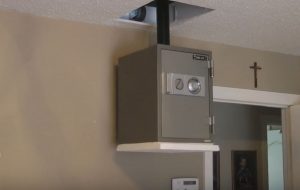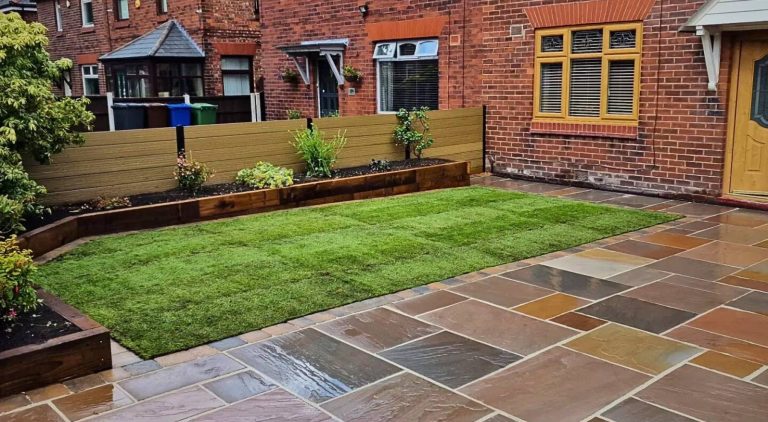Most safes are designed to be bolted, which provides greater security for the resources. Bolting the safe is not a problem. It can expand the protégé’s security and insurance. However, before moving the protégé upward, there are issues that one should study and resolve. Detailed information on the bolt down safes for the home is expected to assess the load limit of the floor beam. Likewise, one needs to understand the need for the building law for private property. In any case, knowing the bolts and nuts will help one learn the current cutoff points for the weight of the home’s floor.
International Residential Code
Neighborhood building laws express the smallest live load that floors require. The International Residential Code states that floors must support 40 pounds per square foot of a living bale. The floor of the room must handle 30 pounds per square foot of live load. A live load considers the weight factor that a subsequent floor can assume. The live cargo is designed, for example, in the bolt down safes for the home and people that the second floor needs to help. Moving up to a protected place requires careful organization and individual security. Likewise, one needs to make sure that the floor can support the weight of the shelter. Then, one needs to stamp the openings of the protected on the floor, to know where to penetrate.
Weight Of Substantial Safe
Fortunately, the interaction is straightforward. Most of the second floors can support the weight of substantial safes. If the floor beams are more extensive than the opening of the shelter, one can insert the shelter into a wide sheet of metal. One would now be able to fit the metal sheet and screw it to the floor joists. Suggest advising a talented firearms safe installer before releasing the safe. Ensure that everything fits the building on the second floor to prevent such damage to the home.










